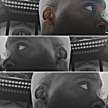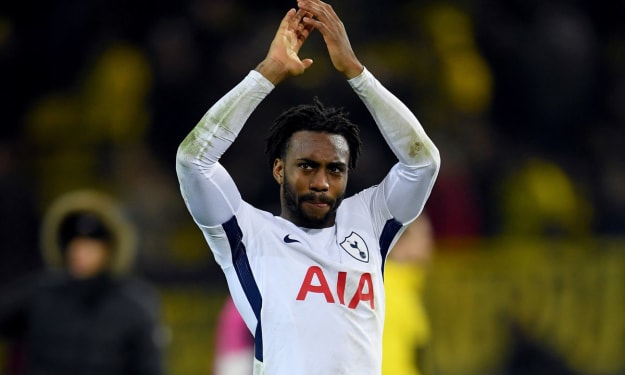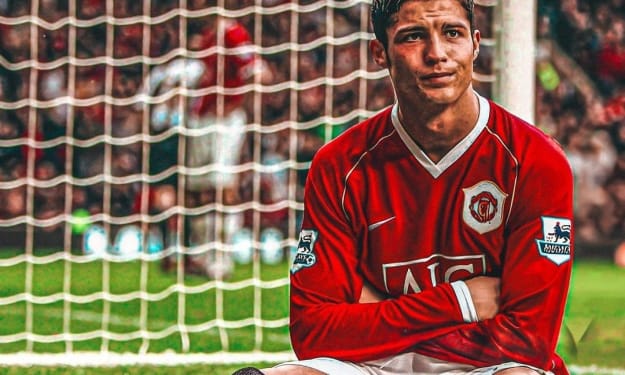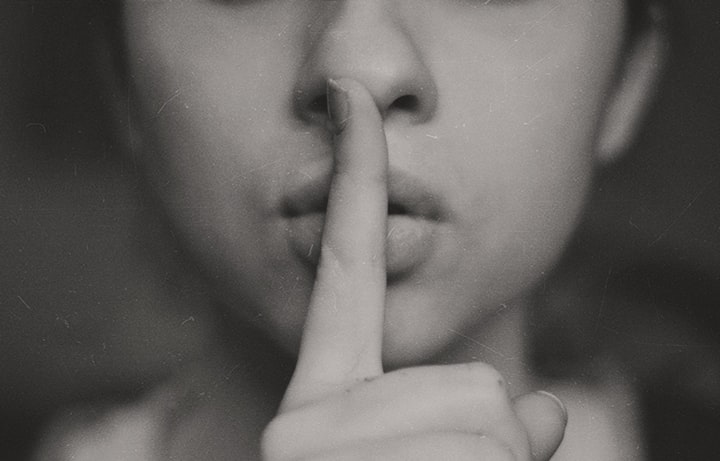What We Don't See
An injury is an injury regardless of money

Héctor Bellerín is a sportsman, playing for Arsenal football club, who divides opinion. Even among the Arsenal faithful, he is sometimes viewed negatively. A young, multi-millionaire at the peak of physical fitness, in one of the best cities in the world, getting paid to do a job that many would pay to do, brings a lot of attention. Especially in this day and age. Unfortunately, much of that attention is negative.
There is jealously. Football is a massive sport, watched by millions and played by millions. Hundreds of thousands of would-be footballers leave their dream of sporting greatness in their early teenage years, realising that they have neither the talent or mental fortitude to be a professional sportsperson.
Some have one of the attributes but not the other. There are even more who, through circumstances too many or myriad to mention, never find out if they would have made it as a footballer. Such is life. Héctor Bellerín is not one of those.
Bellerín, a Barcelona native, came up through the ranks at the famous La Masia, the Barcelona youth academy. Though he played for Barcelona at youth level, he signed his first professional contract with Arsenal at sixteen. He has been at the club ever since and is known throughout the football world as an Arsenal player.
Known for his pace, Bellerín plays as a defensive right back and has held the position in the team, without a credible challenge, for over six years. In that time, he has won three FA cups and played under three managers.
In his tenth year at the club, Hector has become one of the elder-statesman of the club, with the entire team having changed around him since his debut in 2013. Always a fan favourite, Héctor, who has spent all his adult life working in the UK, is a modern celebrity, his notoriety fuelled as much by his social media presence as his sporting prowess.
An avid social media user, Hector connects with his fans through various platforms, talking about things passionate to him, even when it fuels trolls and barbed comments. Over the past few seasons, Hector has been the focus of much ire.
As Arsenal’s position as a footballing superpower within the English leagues has waned a little, some of the fanbase have found a, what they deem, appropriate scapegoat in Bellerín as a player who is seen as a symbol of everything wrong towards the end of Arsene Wenger’s reign.
What has not helped Hector, was the injury he suffered and subsequent recovery from it that he documents on his YouTube channel. A captivating and interesting documentary, the nine-part series relates his injury - an anterior cruciate ligament rupture, more on that later - and his operation, recovery and rehabilitation.
Having worked in sport - personal training, martial arts, sprinting - for two decades and had a knee operation myself - meniscus tear, a minor injury in comparison - as well as having many friends who have had ACL injuries or operations and trained people after the same operation, I have some knowledge of just how awful an injury it can be.
In decades past, an ACL injury would end a career. Different people react differently to the operation and returning from such an injury, for some, sees them never reach their potential. Bellerín, thankfully, seems to be on the road to a full recovery. Unfortunately, his recovery is coinciding with re-joining a team in transition and disarray.
From the outside looking in, especially from a fan’s point of view, Arsenal football club is some distance away from its pomp of the early part of the century with a team that contained club legends such as Thierry Henry, Denis Bergkamp and Patrick Viera. Bellerín, Being one of the longest-serving first-team players in the present team and a player brought through under Arsene Wenger, the man who revolutionised the club’s playing style, fans find Hector an easy target.
Anyone who has played competitive sport at any level and suffered an injury, a proper injury that keeps you from being able to participate in said sport, understands, on some level, how difficult it can be to come back from an injury.
Even a relatively minor injury, such as an ankle sprain, can play on the mind when one returns to their sport. Any disruptive injury gives one-second thoughts on returning to competition. Depending on the sport, there are other factors to take into account. For my sports, striking and running, they are mostly sporting endeavours that are within one’s control.
Obviously, in kickboxing, your opponent is trying to deliberately injure you. Within the sport that is an acceptable risk. Running injuries are as much bad luck as they are self-inflicted and as such, completely unpredictable.
With team sports, injuries occur from unexpected sources. Unintentional impact from an opponent or teammate, a sudden change in direction - a common reason for football injuries - or a bad, jarring fall. No sportsperson, professional or otherwise, expects their body to fail them, especially during an activity they do regularly.
Sport, from a spectator’s or fan’s point of view, is an emotional experience. When watching one’s team or sportsman, logical thought goes out of the window. We forget they are human beings, all be it highly talented ones, that are fallible and as prone to an ‘off day’ as anybody else. It is why the Messis and Ronaldos of sport stand out, their ‘off days’ are few and far between.
Still, we watch sport with emotion to the fore, judging it the same way. Social media and media, in general, is a vociferous and voracious animal, spouting and demanding content. Whereas television and print media is curated and controlled by the few and, for the most part, exercise an even bias, social media is the old Wild West by comparison.
Every unedited vitriolic, incoherent, ill-thought-out notion and opinion, can be instantly shared. With many a social media platform thought of as a necessity in modern times, any person with ambitions of having a career in any field that involves publicity tends to have a social media presence.
Many think, erroneously, that if a person decides to be a public figure any treatment they receive is to be expected, whether it be positive or negative. Regardless of whether a person encourages attention or if they feel somewhat committed to their fandom to have a social media presence, the rules of societal interaction should not be so different because one is behind the safety of a keyboard.
Unfortunately, as many an ‘influencer’ have found to their detriment, accepted societal rules do not apply in the web space. Professional footballers, like most sportspeople, are young people and they want to belong, regardless of their apparent wealth.
Héctor Bellerín is in his mid-twenties and is quite the social media presence. A young man who tends to espouse positivity and speaks of his lifestyle and things wholly unrelated to football, Héctor has been a focus of much negativity, especially post-injury.
From his own team’s fanbase, there has been a clamour for him to be sold or dropped from the team. The reasons are many; ‘he has lost his pace’, ‘he is a terrible defender’, fill-in-the-blank is a better right back than him!’, ‘he only playing because he is Spanish!’. These are some of the nicer comments levelled at him.
In any job or task, one’s mental fortitude is as essential as the physical, in high-level sport even more so. Like I eluded to earlier, it is not solely talent and ability that makes a professional sportsperson. Héctor has had to return to a ferociously fast-paced sport after a near career-ending injury.
The reality of doing that was never going to match the expectation of the watching, non-participating, fan. For his part, Héctor does not allude to this in his documentary. Not one to give voice to the negative, he instead concentrates on the journey of returning to full fitness and the difficulties that entail.
Admittedly, there are privileges to being a wealthy footballer. Access to the best possible surgeons and best rehabilitative people and facilities are an obvious bonus. That being said, that is his, and those he works around, norm. Other fellow sportspeople, who we see in the documentary going through similar rehabilitations, have that access.
We see the operation and the aftermath. Héctor goes from being unable to bear any weight on the leg to full running by the end of the series and a return to playing. The injury and its resulting impact on his body took over a year for him to recover from. He alludes to something that every sportsperson can relate to; the other little niggles that happen as your body tries to compensate.
All of these things slow progress and are related in the documentary over the nine-part series. What the series really brings home is how devastating an injury can be and how much it affects the career even, thankfully for Héctor, temporarily.
The entire documentary is available to watch on YouTube and for anyone into sport or curious about what goes on when a sportsperson goes through something like this, it is captivating and worthy viewing.
About the Creator
Q-ell Betton
I write stuff. A lot.






Comments
There are no comments for this story
Be the first to respond and start the conversation.